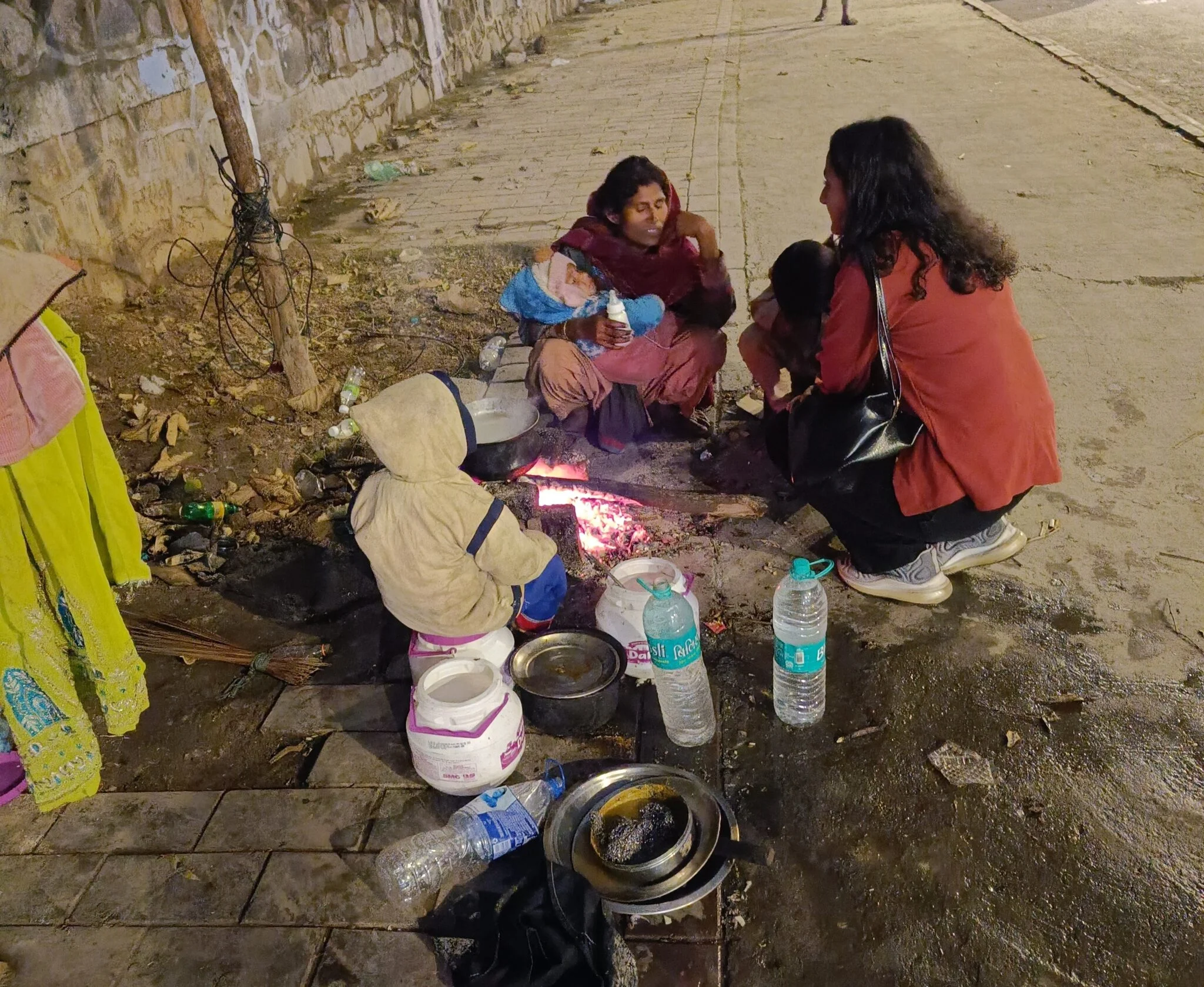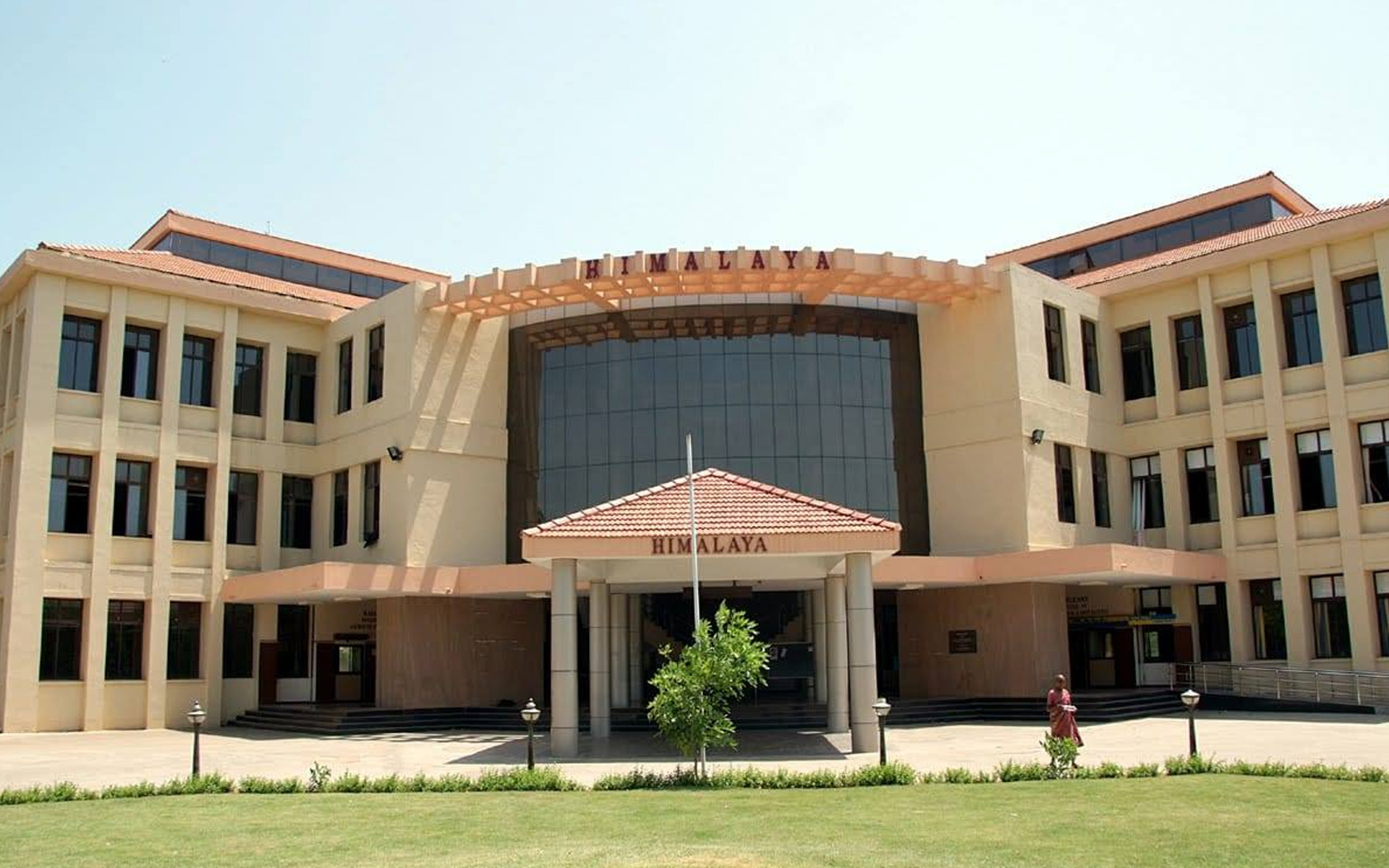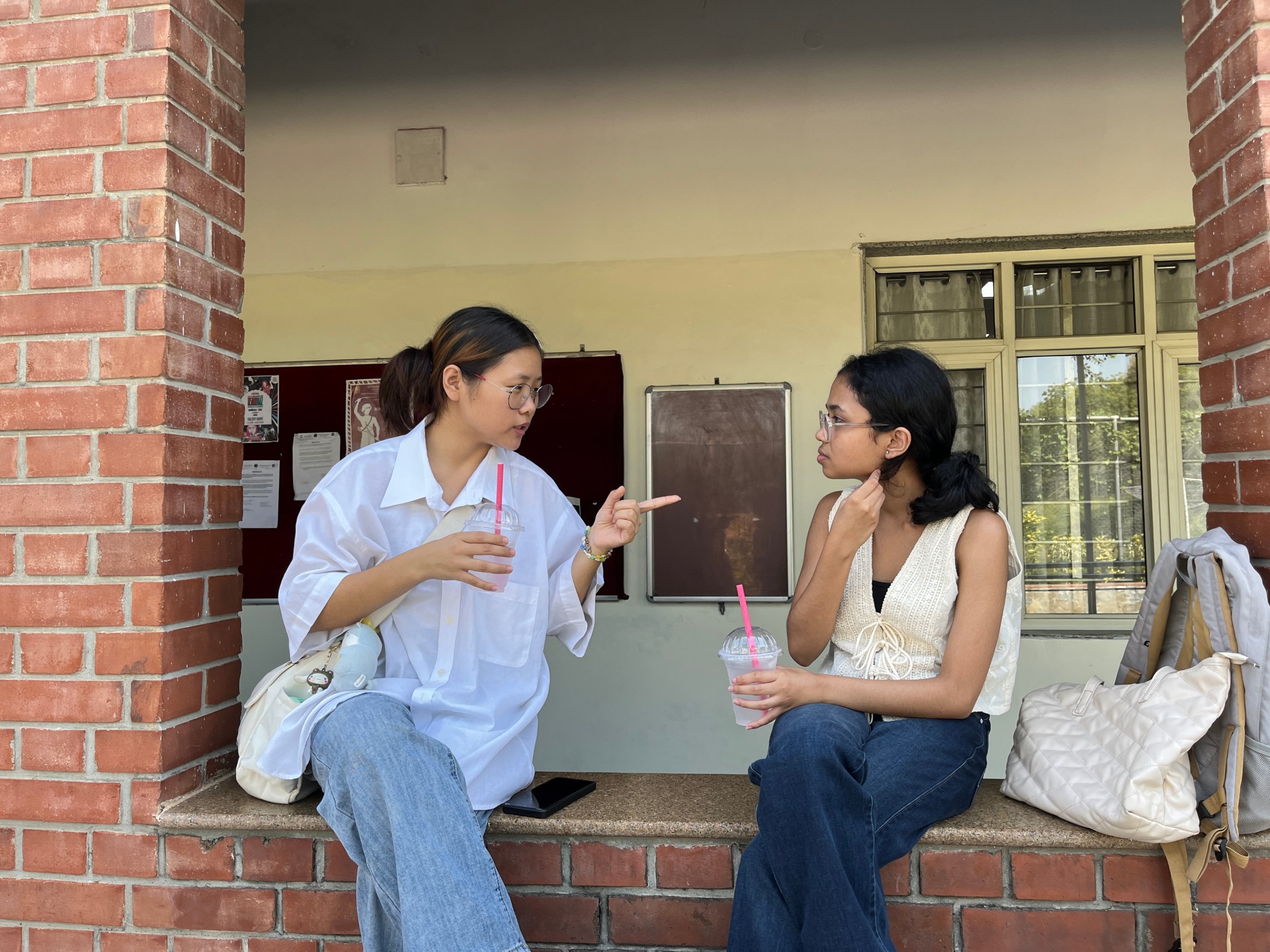Delhi’s footpaths are home to thousands of women who live on the city’s margins many of them mothers, survivors of domestic abuse, widows, or informal workers pushed into homelessness by eviction, poverty, or abandonment. Their presence is visible at traffic junctions, outside temples and mosques, near construction sites, and beneath flyovers. But when it comes to policymaking, their voices are rarely heard. Even as the government announces welfare interventions, most women on the streets remain disconnected from the plans made for them.
A new plan, old doubts
On July 10, the Delhi government launched the updated SMILE scheme (Support for Marginalised Individuals for Livelihood and Enterprise), a national programme aimed at rehabilitating individuals engaged in begging. Officials called it a shift away from punishment towards structured support, a promise to restore dignity and promote long-term resettlement.
Under the revised plan, the Centre has earmarked Rs 100 crore over three years, with a focus on providing shelter, counselling, vocational training, and integration into welfare systems. The scheme will be implemented in cities across India, including Delhi, and prioritise areas with high visibility like heritage zones, religious sites, and tourist hubs.
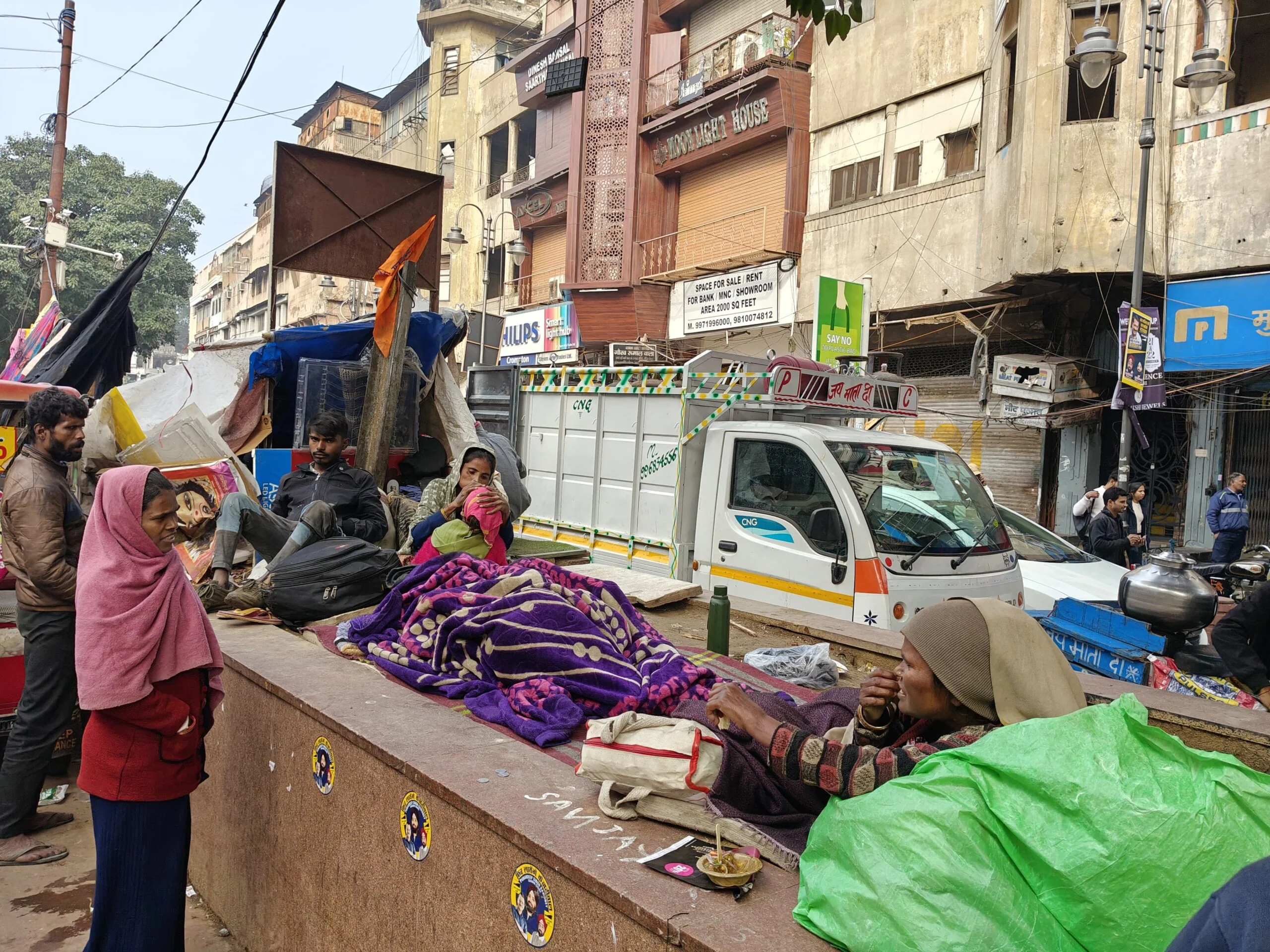
But on the streets under bridges, outside railway stations, along traffic junctions the women this scheme claims to support remain wary. Many have lived through past drives where “rescue” translated to coercion and temporary relief gave way to long-term exclusion.
For women like Rekha Devi 32-year-old, who sells roses at the ITO crossing and has been in and out of three night shelters in the last two years the idea of moving into a state-run shelter triggers fears of being separated from their children, placed under surveillance, or made dependent on institutions with little accountability. ‘They don’t ask us what we need. They just pick us up, give us rice and dal, and expect us to be grateful.’ she says.
Invisibilised in data and policy
What makes homelessness more brutal for women in Delhi is not just the absence of housing, but the absence of safety, healthcare, privacy, and recognition. A 2024 survey backed by UN-Habitat and Delhi’s Urban Shelter Improvement Board estimates that more than 300,000 people in the capital experience some form of homelessness, with women and children forming a significant but undercounted share. They are more vulnerable to physical violence, police harassment, sexual assault, and neglect by welfare systems that rarely differentiate between the needs of men and women living on the streets.
While the updated SMILE scheme claims to centre “gender-sensitive” rehabilitation, ground realities expose the gap between intention and implementation. Several shelter homes visited in the past two weeks including those in Old Delhi and Shahdara lack full-time counsellors, trained female staff, or secure areas for women with children. Some centres have no provision for separate toilets or safe sleeping arrangements.
Some centres have no provision for separate toilets or safe sleeping arrangements.
Staff often double up as cleaners, security, and caseworkers, leaving little room for trauma-informed care. ‘You need more than a mat and a meal to heal from abuse, abandonment, or addiction,‘ says a social worker from an NGO requesting anonymity. ‘But these shelters are designed for control, not care.’
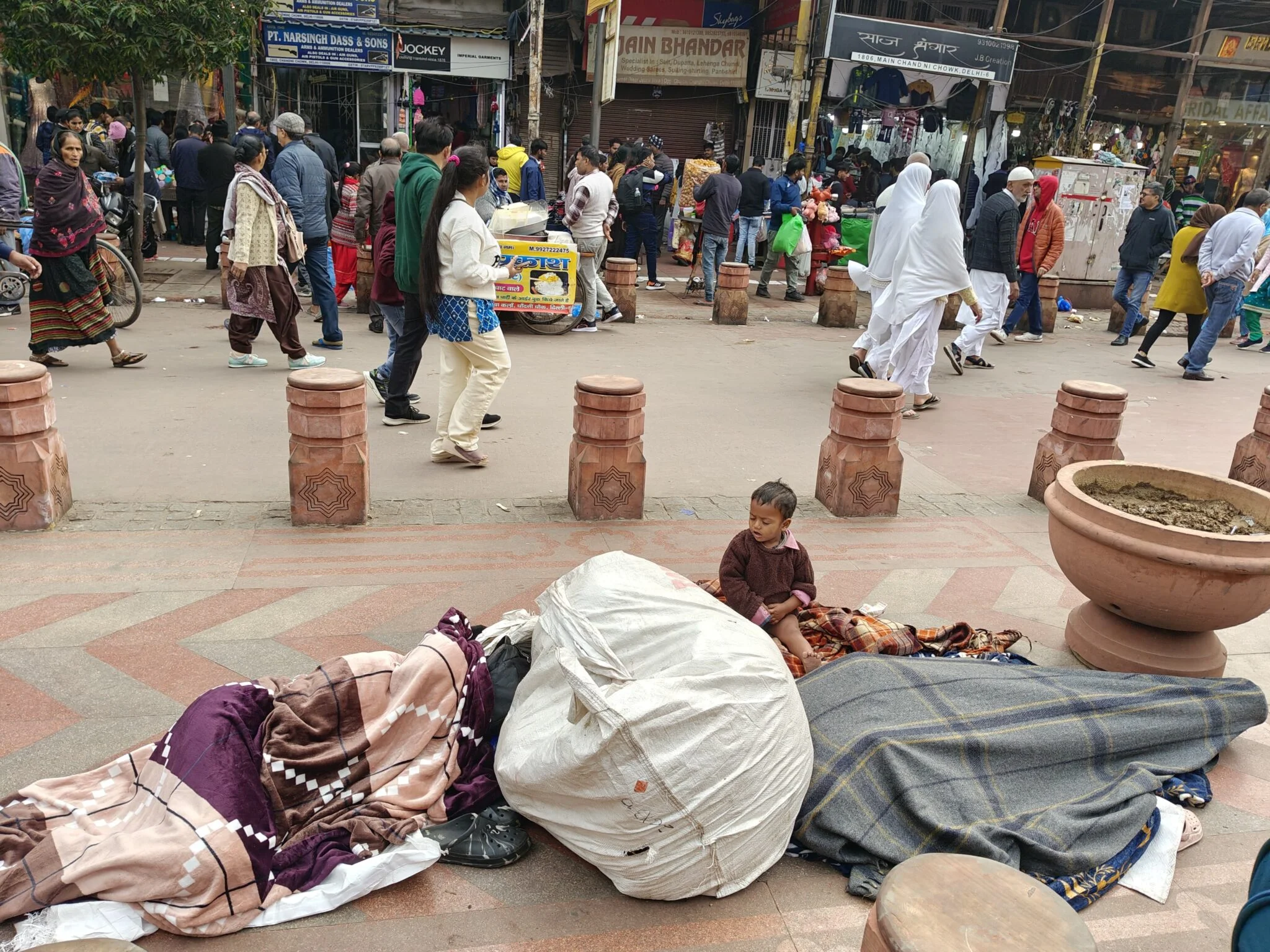
At the core of the SMILE scheme is a three-to-six month rehabilitation window during which individuals are expected to transition from street life to stable livelihoods. For women, this timeline often proves unrealistic. Many are undocumented lacking Aadhaar cards, ration cards, or proof of residence and find themselves locked out of key benefits like healthcare under Ayushman Bharat or skill development under PM-DAKSH.
Others are burdened with caregiving responsibilities or health issues that make training and job placement difficult. One mother of three, currently staying in a temporary shelter in Rohini, put it bluntly: ‘I came here to escape my husband’s beatings, not to become a security guard or beautician in six weeks.’
Training without transition
Vocational training is offered as a cornerstone of rehabilitation, yet follow-through is patchy. Interviews with at least five women who underwent tailoring or food-handling courses reveal that while some completed training, few found jobs or received the tools needed to work independently. One woman in Seelampur completed a baking course in April but never received the oven or supplies that were promised. ‘They gave me a certificate and told me I was ’empowered.’ But I still beg near the metro station because my children have to eat,’ she said.
For women, however, the idea of “rehabilitation” is far more layered than the scheme’s framework suggests.
Shaista Begum, 35, has been living intermittently near the walls of Nizamuddin Dargah since 2020, after fleeing an abusive marriage in Meerut.
Shaista Begum, 35, has been living intermittently near the walls of Nizamuddin Dargah since 2020, after fleeing an abusive marriage in Meerut. Her two-year-old daughter sleeps curled in her lap as she speaks. ‘I don’t want to beg,’ she says. ‘But what work will take me, with a baby on my hip and no address to give? People think we’re here because we’re lazy. They don’t see the hunger. Or the fear.’
Begum had once thought about going to a government shelter, after hearing about it from another woman who had stayed in one near Jama Masjid. But stories she heard made her hesitate. ‘Someone told me that mothers and children are made to sleep in separate rooms sometimes,‘ she said. ‘That scared me. At least here, I know my daughter is beside me when I sleep.’
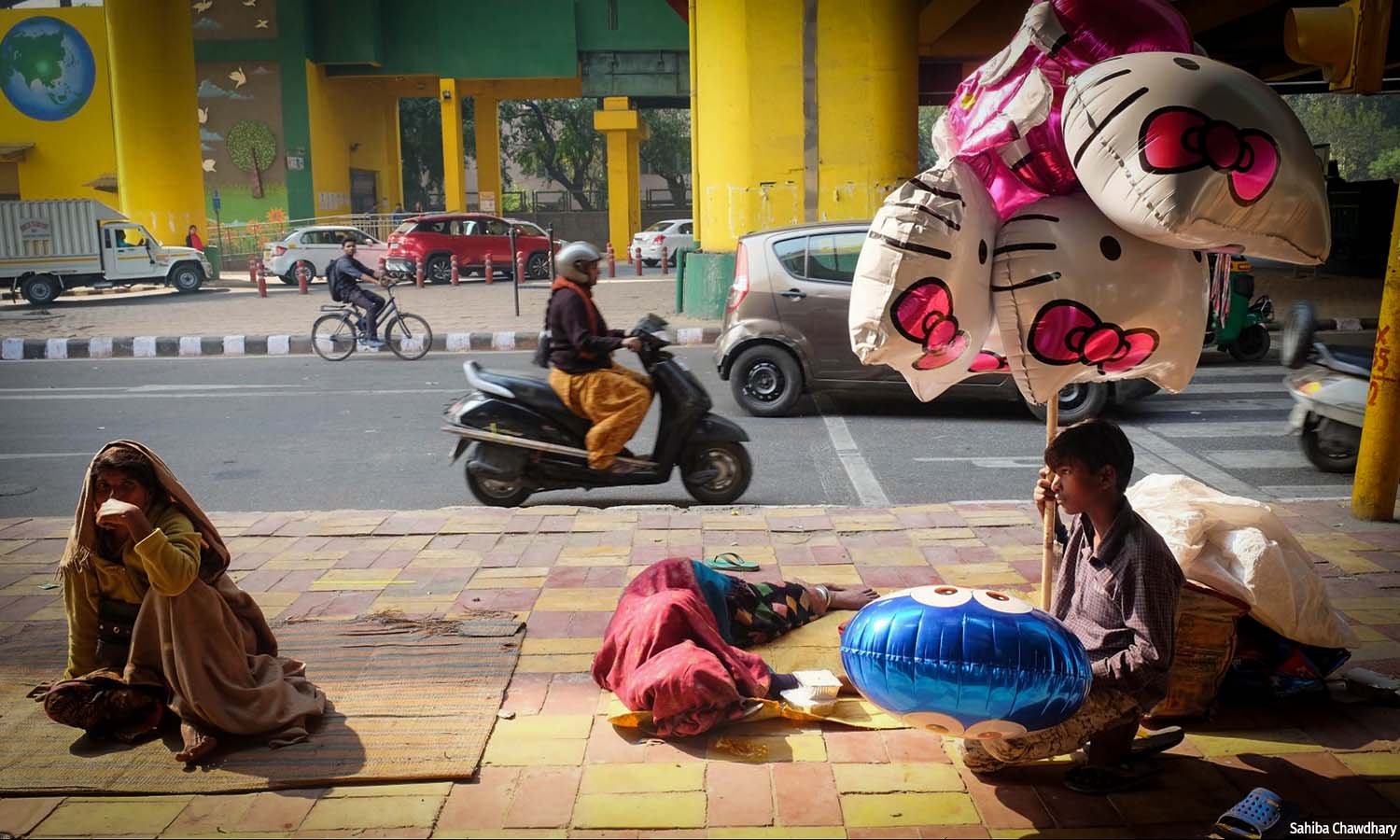
According to the revised SMILE guidelines, each shelter will accommodate at least 50 individuals and be supported with an annual operational budget of Rs 48.7 lakh. These funds are meant to cover food, hygiene kits, counselling, staff salaries, and vocational training. The programme adopts a four-stage model survey and identification, mobilisation, rescue and shelter, and resettlement with tracking done through a national portal overseen by the Ministry of Social Justice and Empowerment. 30% of the funds will go toward survey and outreach, 50% for shelter infrastructure and services, and 20% released upon verified reintegration outcomes.
While the framework sounds comprehensive, those working on the ground say the scheme lacks a gender lens. ‘The new SMILE policy assumes that all homeless people have the same needs,‘ said a caseworker at a women’s shelter near Old Delhi Railway Station. ‘But homeless women are often also single mothers, survivors of sexual violence, or elderly. Their care needs are different. The shelters were not designed with them in mind.‘
Indeed, multiple NGO workers confirm that shelters, particularly for women, are short-staffed, lack mental health professionals, and offer little privacy. Basic requirements like separate toilets, child-friendly spaces, and trauma-informed counselling are still absent in many centres.
Indeed, multiple NGO workers confirm that shelters, particularly for women, are short-staffed, lack mental health professionals, and offer little privacy. Basic requirements like separate toilets, child-friendly spaces, and trauma-informed counselling are still absent in many centres. In some cases, women are offered vocational courses but without the flexibility or tools required to make them viable. ‘We had a batch of women who were trained in tailoring,’ said a shelter manager in Shahdara. ‘But without sewing machines or orders, how do you expect them to earn?‘
Pooja, a 31-year-old who now sells hair clips outside a metro station in East Delhi, said she completed a beautician training course under a shelter programme last year. ‘They gave me a certificate, yes. But I had to leave midway each day to look after my child. Now I don’t even have the products or tools to work. What am I supposed to do with that certificate?‘
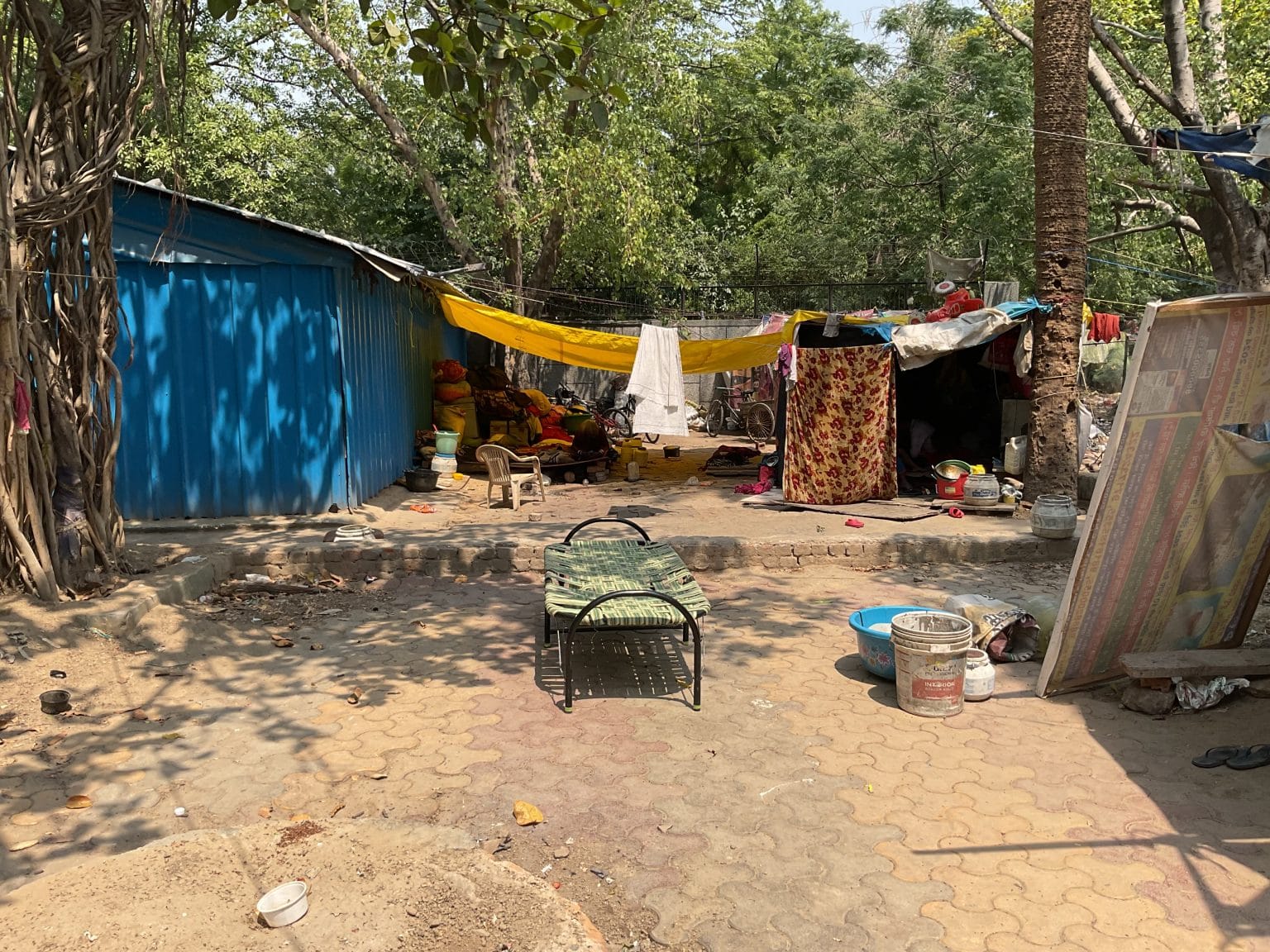
The scheme also promises Aadhaar enrolment, health insurance under PM-JAY, and access to welfare benefits. But for many women particularly migrants or those who have fled violent households lacking documents blocks the very first step of entry into the system. ‘A woman who doesn’t exist on paper won’t exist in this scheme either,‘ said Pooja ‘She can’t get shelter, can’t access healthcare, can’t get her children into school. And no one helps her get those documents.’
The issue of consent is another grey area. Though SMILE is supposed to operate on voluntary participation, some women shared stories of being picked up during police drives and taken to shelters without explanation. Gulshan, 42, who now sleeps on a pavement near the Nizamuddin Dargah, said she was relocated during a monsoon night last year. ‘They moved us because VIPs were visiting,‘ she said. ‘There was no explanation. We were sent to a shelter for a few nights, then told to leave. I came back.‘
Under the revised plan, religious trusts and shrine boards are also expected to help implement the scheme at pilgrimage and heritage sites.
Under the revised plan, religious trusts and shrine boards are also expected to help implement the scheme at pilgrimage and heritage sites. In theory, this could offer additional resources and community engagement but in places like Nizamuddin, the women living near the dargah say they have seen no outreach yet. ‘Every week someone comes and writes our names on a form,’ Begum “But nothing changes. We are still sleeping in the same place. Still invisible.’
Officials in the Delhi government maintain that the scheme is still in the early stages of rollout and that improvements are underway. But social workers argue that unless the programme listens to women, adapts to their needs, and builds trust, the cycle will continue. ‘Rehabilitation is not about removing women from the street,‘ said a programme officer from an NGO working in central Delhi. ‘It’s about recognising why they ended up there in the first place and what they need to stay off it. That requires time, conversation, and care. Not just budget announcements.‘
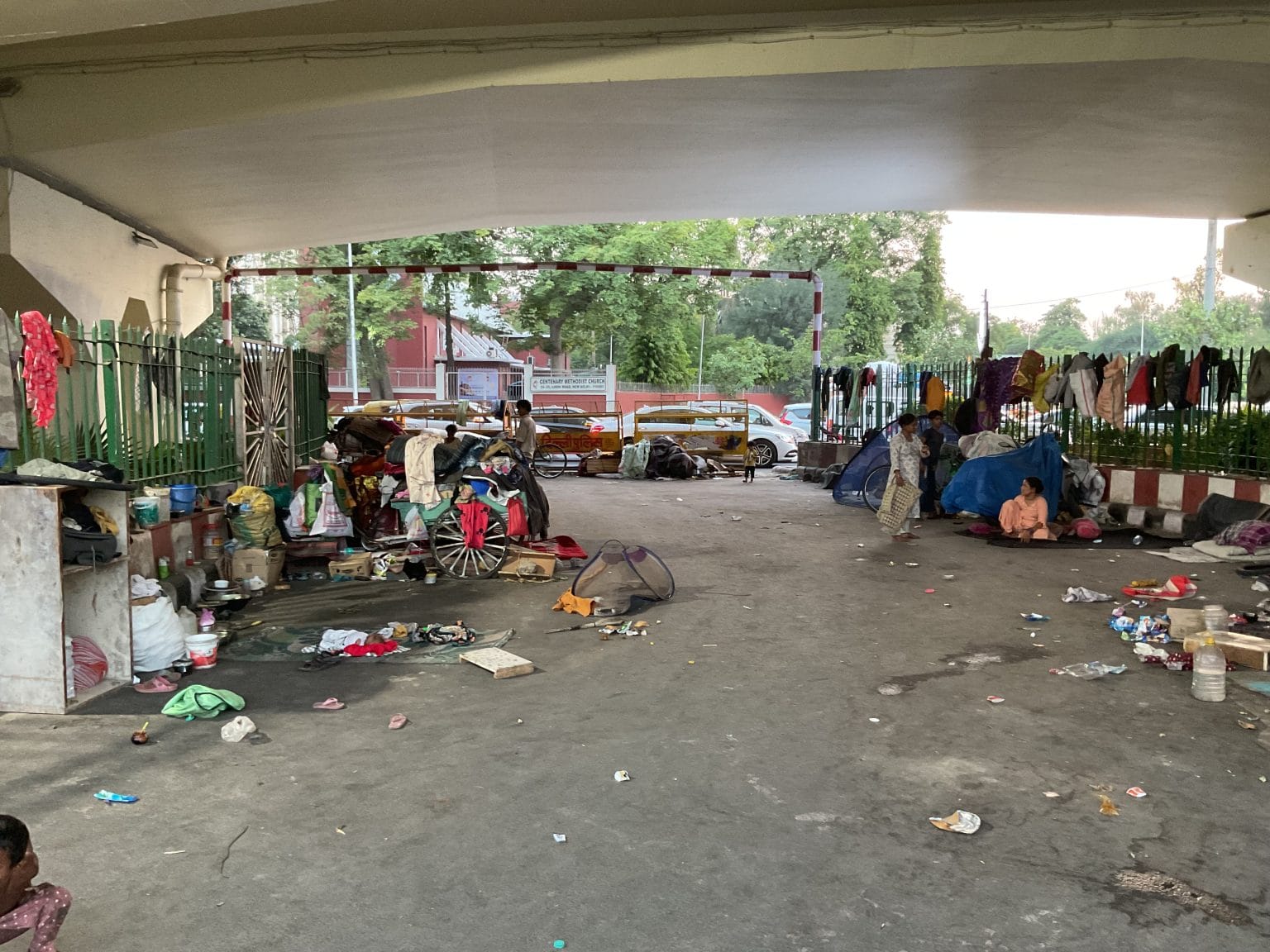
Three weeks after its re-launch in Delhi, the SMILE scheme remains a promise on paper for many women who still cook, sleep, and raise children on the city’s pavements. For real transformation, it must start by centering their voices not just as data points, but as full citizens. As Begum put it, ‘We don’t want someone to save us. We want someone to ask us what we need.‘
About the author(s)
Masrat Nabi is a journalist whose work focuses on politics, gender, culture, and social issues in India.
